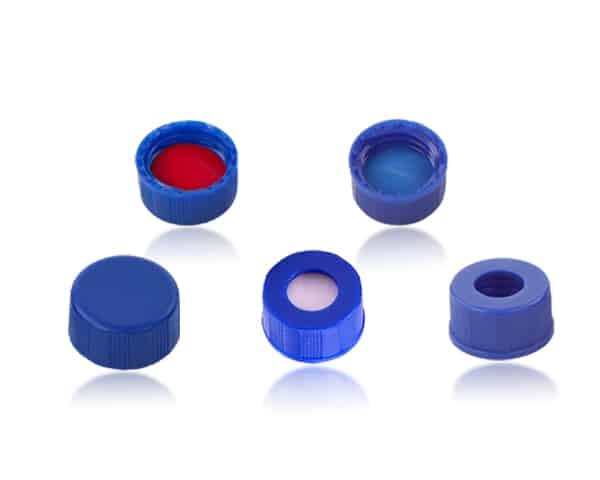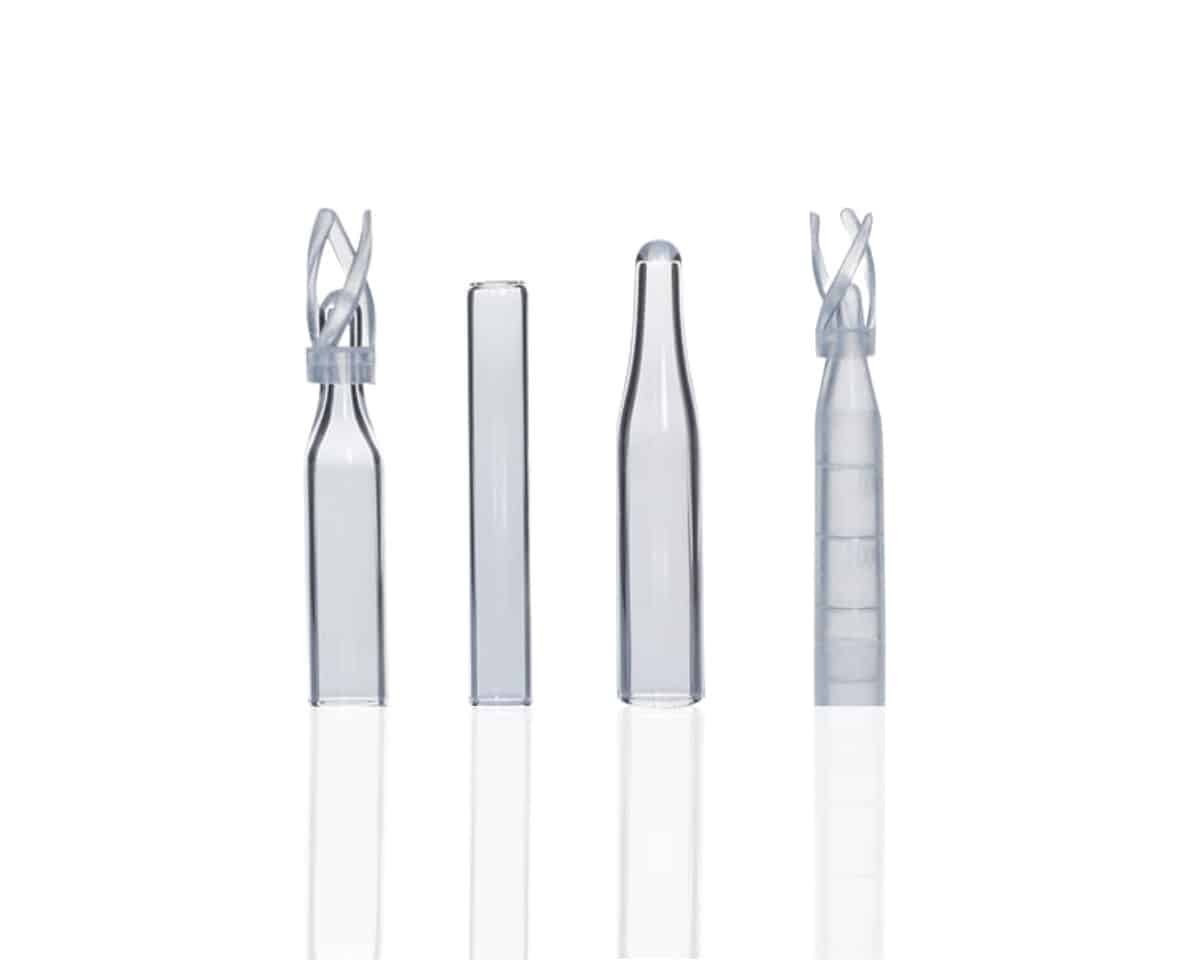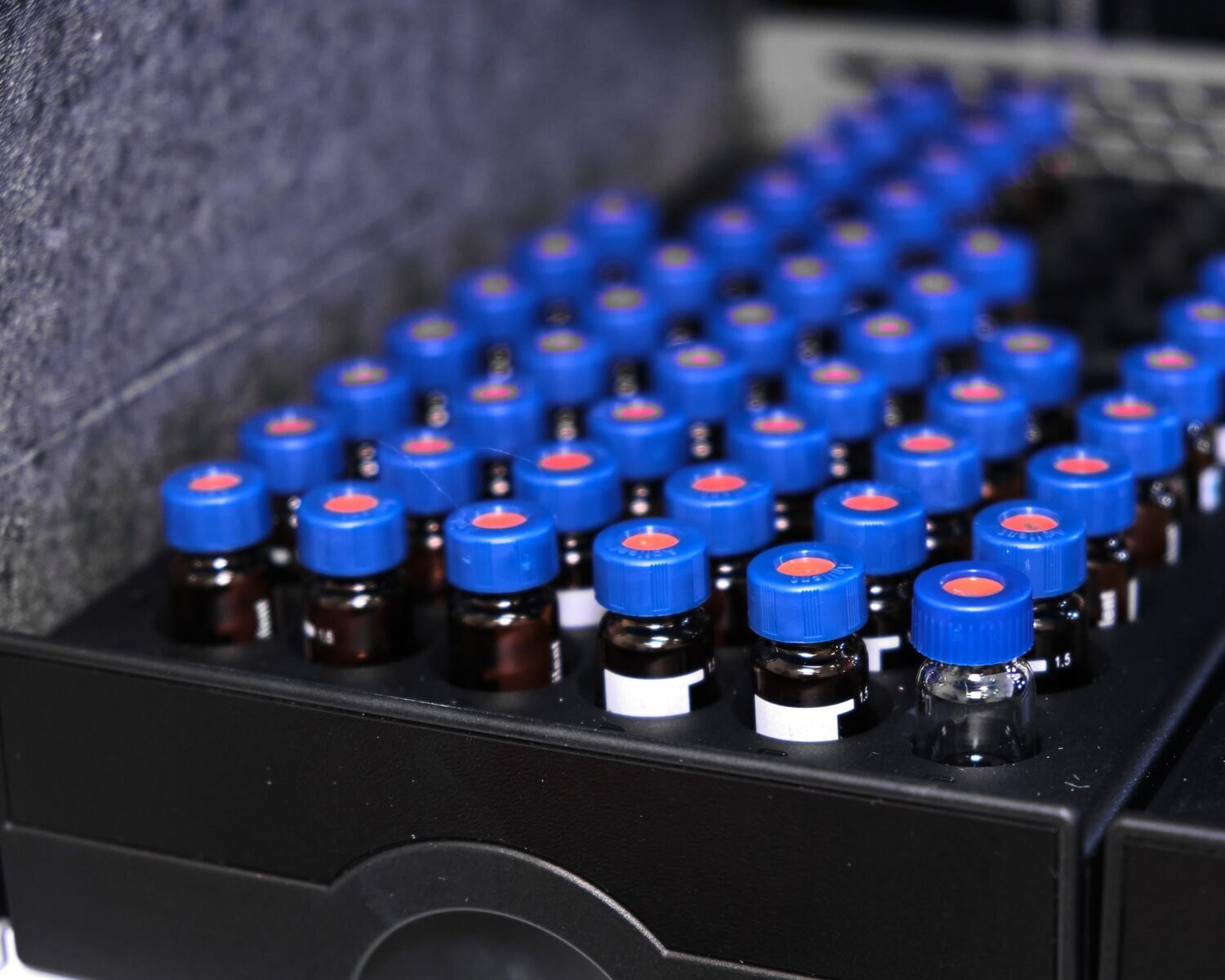Peak tailing is a common issue in chromatography that can significantly affect the quality of your results. If you’ve been wrestling with this problem, you’re not alone. Many in the industry face the same challenge, and the good news is that there are ways to minimize or even eliminate it. In this article, we’ll dive into what causes peak tailing and share practical tips on how to fix it. What do you think? Ready to tackle this issue head-on?
Understanding Peak Tailing
What is Peak Tailing?
Peak tailing occurs when a peak in a chromatogram has a long trailing edge, rather than a sharp end. This can lead to inaccurate measurements and make it difficult to distinguish between closely eluting compounds. Essentially, it’s like having a smudge on a painting—details get blurred, and precision is lost.
Common Causes of Peak Tailing
Several factors can contribute to peak tailing, and understanding these is the first step in addressing the issue. Here are some common culprits:

Column Overloading
When too much sample is injected into the column, it can saturate the stationary phase, leading to tailing. It’s a bit like trying to fit too many people into a small room—everyone gets squished, and no one has space to breathe.
Inappropriate Column Chemistry
The choice of column chemistry plays a crucial role in separation quality. If the stationary phase interacts too strongly with the analytes, it can cause tailing. This is like using a Velcro surface instead of a smooth one; things stick more than they should.
Poor Mobile Phase Composition
The mobile phase can also affect peak shape. Inadequate pH levels or the wrong solvent strength can lead to interactions that cause tailing. Think of it as trying to dissolve sugar in cold water—it just doesn’t work as well as in hot water.
Practical Solutions for Reducing Peak Tailing
Now that we know what causes peak tailing, let’s talk about solutions. After all, who doesn’t want crisp, sharp peaks? Here are some strategies to consider:
Optimize Sample Load
One of the simplest ways to reduce peak tailing is to adjust the sample load. Reducing the amount of sample injected can prevent column overloading. It’s like finding the right balance in a conversation; too much talking, and things get muddled. Aim for the sweet spot where your peaks are clear and defined.
Choose the Right Column
Selecting the appropriate column chemistry is crucial. For example, using a column with a more hydrophobic stationary phase can reduce interactions that cause tailing. What’s my take on this? It’s essential to match the column with the specific properties of your analytes. You wouldn’t wear a heavy coat in the summer, right? The same logic applies here.
Adjust Mobile Phase Composition
Fine-tuning the mobile phase can also help. Adjusting the pH and solvent strength can minimize unwanted interactions between the analytes and the stationary phase. It’s like adjusting the seasoning in a recipe—sometimes a little tweak can make all the difference.
Implement Column Maintenance
Regular column maintenance is another key aspect. Flushing the column and replacing it when necessary can prevent contamination and degradation, which are common causes of tailing. It’s like maintaining a car; regular check-ups keep it running smoothly.
Advanced Techniques for Peak Tailing Reduction
For those looking to dive deeper, advanced techniques can offer further solutions.
Use Gradient Elution
Gradient elution can be a powerful tool in reducing peak tailing, especially for complex mixtures. By gradually changing the composition of the mobile phase, you can better separate components with varying affinities. It’s akin to adjusting the lighting in a photo to bring out different details.
Explore Different Detection Methods
Sometimes, the issue isn’t with the chromatography itself but with the detection method. Switching to a different detection method, such as mass spectrometry, can sometimes alleviate tailing issues. It’s like changing the lens on a camera to get a clearer picture.


Conclusion
Dealing with peak tailing can be frustrating, but with the right strategies, it’s manageable. Whether it’s optimizing your sample load, choosing the right column, or fine-tuning the mobile phase, there are plenty of ways to achieve sharp, defined peaks. Remember, chromatography is as much an art as it is a science. Experiment with these tips and see what works best for your setup. What do you think? Have you tried any of these methods before? Let’s continue the conversation.
For further reading, check out resources from Chemistry World and Science Direct for in-depth articles and research on chromatography techniques. These sources offer valuable insights and are worth exploring for anyone looking to refine their methods.
That’s it for now! Keep experimenting, and don’t hesitate to reach out with any questions or insights.
Finally, If you’re on the lookout for high-quality HPLC vials at sensible pricing, you can just contact Mastelf. With over 13 years of experience in chromatography vials, we can help you find the exact vials you need for your applications.
Our expertise ensures that you get reliable and precise products tailored to your specific requirements. Whether you’re in pharmaceuticals, research, or any other industry relying on HPLC, we understand your needs and are here to support you in making the right purchase.
Reach out to Mastelf, and let us assist you in procuring the perfect vials for your work.











